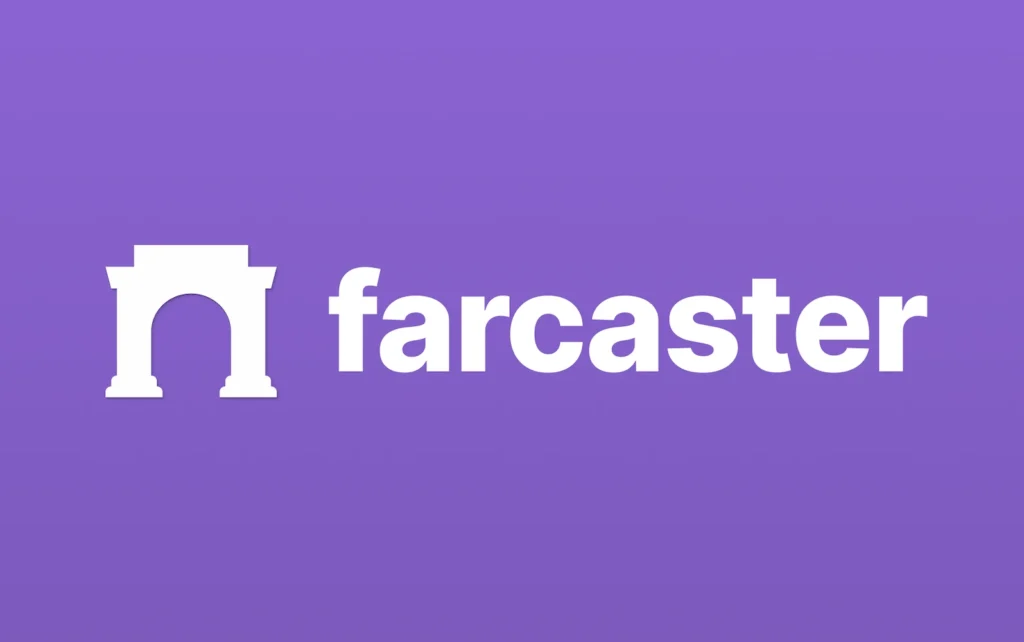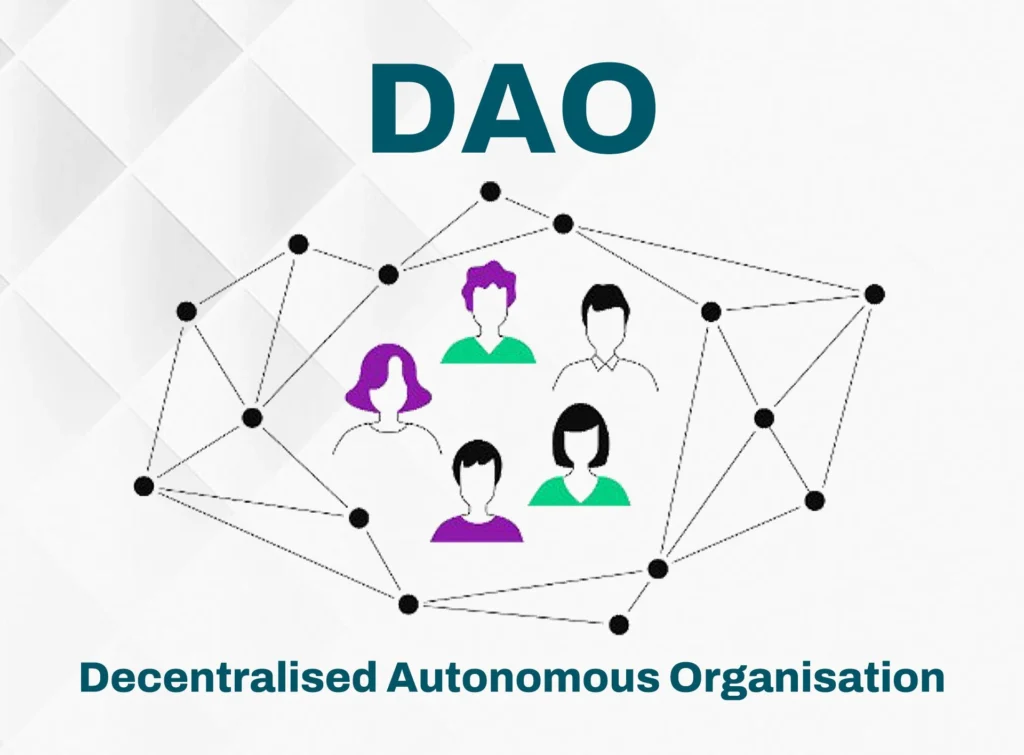Web3 Social Media: Promises, Pitfalls, and the Legal Maze Ahead
We’ve all heard the hype around Web3 social media—decentralized networks, content ownership, and privacy-first experiences. But beyond the buzzwords is a looming question: what does this mean for regulation?
Because while the tech is evolving fast, the legal frameworks governing it? Not so much.
The Legal Challenge of “Owning Your Content”
In Web2, your content lives on centralized platforms subject to terms of service and takedown policies. You create it, yes—but you don’t fully control it.
Web3 flips this dynamic. Using decentralized protocols like Lens or Farcaster, content is tied to your wallet and lives on-chain or in decentralized storage (e.g., IPFS). But this opens a can of legal worms:
- Who is liable for illegal content?
- Can regulators issue takedown requests if there’s no central operator?
- Do blockchain-based posts fall under copyright law like traditional media?
Ownership sounds great—until there’s a DMCA request and no one to serve it to.


Moderation Without a Moderator in Web3 Social Media
Decentralization complicates moderation. There’s no single entity accountable for removing hate speech, misinformation, or harmful content.
Some platforms explore community moderation or DAO governance, but those models raise regulatory concerns:
- Section 230 (U.S.): Will decentralized platforms qualify for the same safe harbor protections as traditional ones?
- EU DSA (Digital Services Act): Requires platform-level moderation transparency—who enforces that in a DAO?
- Cross-border enforcement: If a smart contract posts offensive material globally, which jurisdiction applies?
The “no moderator” approach may be philosophically sound—but legally, it’s a minefield.

Data Privacy in Web3 Social Media: Decentralization ≠ Compliance
Web3 is often touted as privacy-friendly—but being decentralized doesn’t automatically make it GDPR- or CCPA-compliant.
Why? Because:
- Data on blockchains is immutable—there’s no “right to be forgotten.”
- Wallets can be pseudonymous, but metadata (timing, interactions, content) can often be deanonymized.
- Most dApps don’t have defined data controllers, making it unclear who holds responsibility.
New tools like zero-knowledge proofs or off-chain encrypted messaging (e.g., XMTP) are promising—but regulators will want guarantees, not GitHub links.


Token Incentives & Securities Law
A key Web3 social feature is tokenized engagement—users earn crypto or NFTs for participation. This introduces:
- Securities law risk: Tokens that carry speculative value or represent profit expectations may fall under SEC oversight (e.g., the Howey Test).
- KYC/AML obligations: If platforms enable crypto rewards, regulators may require identity verification or anti-money laundering safeguards.
- Tax complications: Token rewards may be taxable income in many jurisdictions—even if the tokens are illiquid.
Unless platforms structure tokenomics carefully, they risk becoming accidental financial products.


Jurisdictional Gray Zones
Web3 social media doesn’t fit neatly into any country’s current laws. Protocols run globally. DAOs govern in multisig wallets. Content crosses borders in milliseconds.
This makes enforcement complex:
- Who do you subpoena when no one owns the platform?
- How do you audit moderation practices coded into immutable smart contracts?
- What happens when one country’s banned content lives permanently on-chain?
Without legal clarity, developers may default to geofencing or off-chain components, diluting the decentralization promise.
Is Regulation Catching Up? Slowly.
Governments are paying attention. In the U.S., the SEC, CFTC, and FTC are circling. In Europe, the Digital Services Act and MiCA (Markets in Crypto-Assets) are setting rules.
But many of these frameworks still assume a platform-centric internet, not one built on wallets and permissionless protocols.
Until legal frameworks evolve, Web3 social will operate in a gray zone—legally murky, and sometimes risky for both users and builders.
Final Thoughts: A New Stack Needs New Rules
Web3 social media offers something truly different: user-owned content, algorithm-free feeds, and token-powered communities. But decentralization alone doesn’t resolve the legal and ethical challenges we’ve long grappled with—it just reconfigures them.
Regulators will need to rethink enforcement, jurisdiction, and accountability in a world without gatekeepers. And builders? They’ll need to bake compliance into the architecture itself—not patch it in after the fact.
If Web3 social wants to go mainstream, it’ll need more than great UX—it’ll need legal guardrails that don’t kill the decentralized spirit.
Until then, it’s innovation on the edge—fascinating, promising, but still legally unsettled.
Relevant Link : Here



